Imagine stepping into your kitchen and picking fresh herbs and vegetables whenever you cook. Growing edible plants inside your kitchen is not only convenient but also highly rewarding. With the right knowledge and setup, you can create a thriving mini-garden that enhances your culinary adventures. Let’s explore the best tips to get started!
Choosing the Right Plants for Indoor Growing
When selecting edible plants for your kitchen garden, consider those that thrive in indoor environments. Opt for herbs like basil, mint, or parsley, as they are easy to grow and require minimal space.
Leafy greens
such as lettuce, spinach, and kale can also be good choices, flourishing in containers by the window.
Take into account the amount of natural light your kitchen receives. Plants like tomatoes may need more sunlight, so choose a sunny windowsill or supplement with grow lights. Another factor is temperature; most edible plants prefer a consistent room temperature and may not do well near drafts or heat sources.
Consider the size of your space and available containers. Vertical gardening or hanging pots can be an excellent way to maximize limited areas. Assess your time commitment too; plants like microgreens grow swiftly, offering quick yields with less maintenance effort.
Lastly, be mindful of your culinary preferences. Growing what you frequently use ensures fresh ingredients are always at hand, enhancing your kitchen garden experience.
Essential Tips for Setting Up Your Kitchen Garden
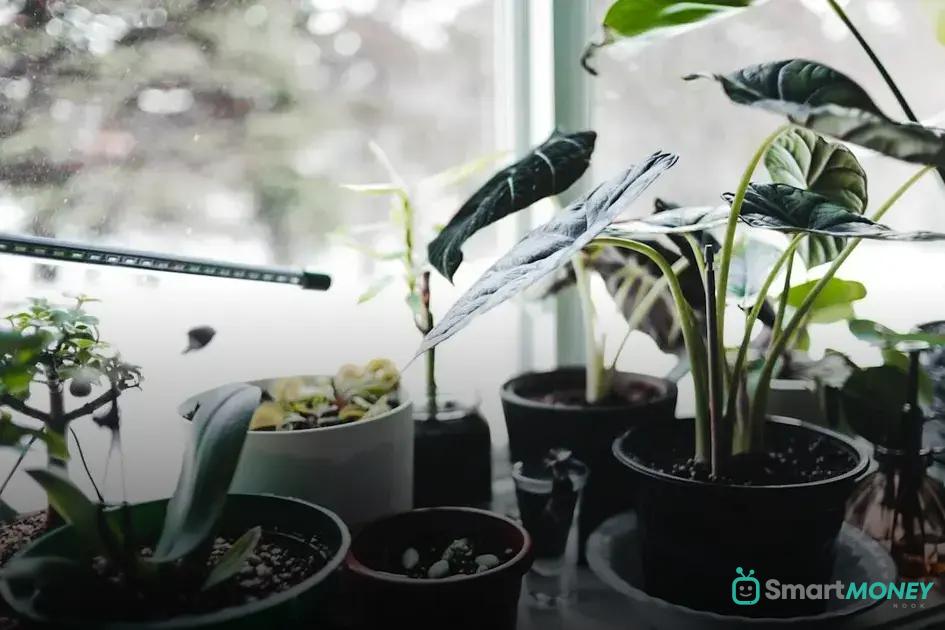
Transforming a corner of your kitchen into a thriving green space is an exciting journey. To make sure your kitchen garden thrives, consider these essential steps for a perfect setup.
Choose the Right Spot
Start by selecting a suitable spot in your kitchen that receives adequate light. Herbs and leafy greens prefer bright, indirect lighting, making a windowsill or a counter near a window ideal. Ensure good air circulation to prevent pests and molds.
Container Selection Is Key
Select containers with proper drainage to prevent root rot. Diverse containers not only add style but also cater to specific plant needs. Herbs thrive in small pots, while deeper containers suit root vegetables.
Soil and Nutrients
Opt for a lightweight potting mix that retains moisture yet drains efficiently. Enrich your soil with organic compost or a balanced potting mix to supply essential nutrients.
Structured Layout
Organize your plants according to their size and light needs. Taller plants should not block light from smaller ones. Maintain accessibility to simplify care and harvesting.
Essential Tools and Equipment
Have a set of basic gardening tools handy, like hand trowels and pruning scissors. Invest in a watering can and spray bottle for regular watering, aiming for the soil not the leaves.
Following these tips ensures your kitchen garden is not only functional but also a lush escape in your home.
Watering and Care Techniques for Indoor Plants
When maintaining indoor plants, especially edible ones in your kitchen, proper watering and care techniques are vital for their health. Let’s delve into some effective strategies to ensure your plants flourish.
Watering Techniques
Each plant species has unique watering needs. Most kitchen-friendly plants prefer their soil to be moist but not soggy. Over-watering is a common mistake that can lead to root rot. To avoid this, check the top inch of soil. If it feels dry to touch, it’s time to water.
- Use room-temperature water to prevent shocking the plant’s roots.
- Consider using self-watering pots that help maintain consistent moisture levels.
- Ensure pots have proper drainage holes to prevent waterlogging.
Caring for Indoor Plants
Care techniques also involve maintaining the right humidity levels. Many indoor plants benefit from higher humidity. You can mist plants occasionally or place a tray of water near them.
Pruning is another essential care technique. Regularly remove dead or yellowing leaves to prevent pests and diseases. This not only keeps plants tidy but also encourages new growth.
Feeding your plants is crucial too. Most edible plants will benefit from a balanced liquid fertilizer applied once a month. This supplies essential nutrients that may not be present in potting soil alone.
Monitoring your plant’s health can prevent and manage problems early. Watch for signs like wilting, discoloration, or stunted growth which may indicate care issues such as inadequate water, light, or nutrients.
Maximizing Light for Your Kitchen Garden
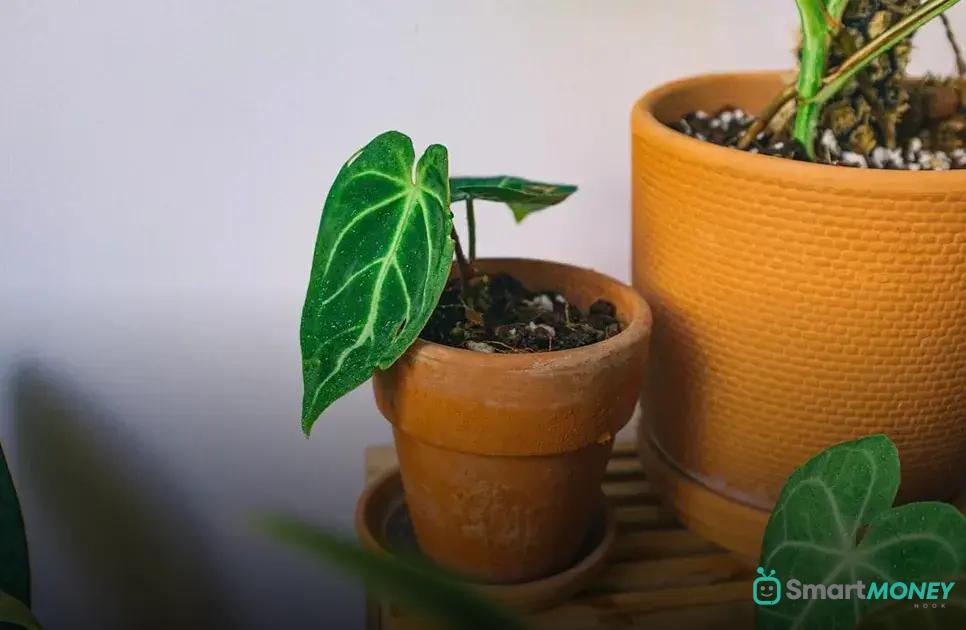
In a kitchen garden, light plays a crucial role in the health and growth of your plants. Most edible plants require ample sunlight to thrive, so it’s essential to maximize the natural light available in your kitchen.
First, identify the direction your windows face. South-facing windows provide the most sunlight throughout the day, making them ideal for sun-loving plants like tomatoes, peppers, and herbs. If your kitchen has limited natural light, consider installing LED grow lights to supplement. These lights can mimic the natural sunlight spectrum, providing adequate light for photosynthesis.
Arrange plants at varying heights, using shelves or adjustable stands, to ensure each plant receives ample light. Group plants with similar light requirements together to make optimal use of available lighting conditions. Rotate plants regularly to ensure all sides receive equal exposure to light, promoting even growth.
Keep windows clean and free of obstructions such as heavy curtains or blinds that can block sunlight. Consider using reflective surfaces like mirrors or white walls to help bounce natural light around the room, reaching less accessible areas.
Observe your plants closely for signs of insufficient light, such as yellowing leaves or leggy growth, and adjust their placement or lighting conditions accordingly. By managing the light effectively, you can create the perfect environment for your kitchen garden to flourish.
Common Challenges and How to Overcome Them
When embarking on the journey of growing edible plants indoors, facing challenges is inevitable. Here are some prevalent issues and strategies to tackle them effectively:
Pest Infestation
Pests can become an unwelcome part of indoor gardening. To combat this, regularly inspect your plants for signs of pests like aphids or spider mites. Employ natural solutions such as neem oil or insecticidal soap, which offer a safe way to deter these unwanted visitors without harming your plants or household.
Insufficient Light
Lack of adequate light is a common stumbling block when growing plants indoors. Consider using grow lights to supplement natural light. Positioning mirrors or reflective surfaces can also help bounce light around dimmer spaces, ensuring your plants receive enough energy for photosynthesis.
Overwatering or Underwatering
Finding the right watering balance can be tricky. Create a consistent watering schedule and adjust based on season and humidity levels. Use well-draining pots and soil to prevent waterlogged roots, and always check soil moisture before watering to avoid overwatering.
Soil Nutrient Deficiency
Indoor plants might miss out on the soil nutrients necessary for thriving. Supplement their diet with organic fertilizers tailored for indoor plants. Being mindful of the soil mixture from the start, incorporating compost or nutrient-rich soil can make a significant difference over time.
Temperature Fluctuations
Edible plants prefer stable temperatures. Drafts from windows or doors can cause fluctuations that stress plants. Keep your plant’s environment stable by repositioning them away from heat sources and drafts and ensuring a consistent room temperature.
Addressing these challenges requires a blend of observation, patience, and the right strategies, ensuring your kitchen garden flourishes no matter the season.

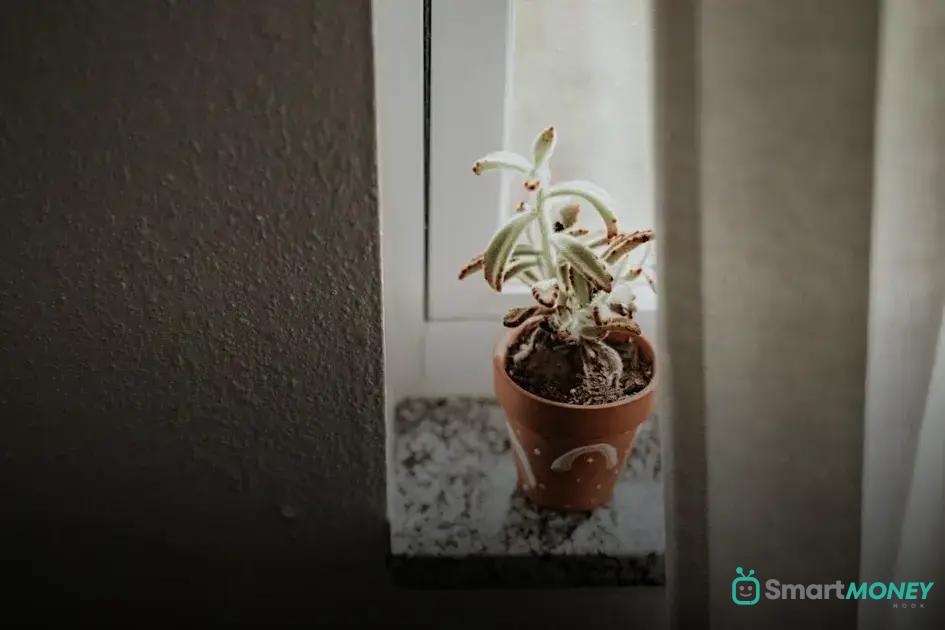
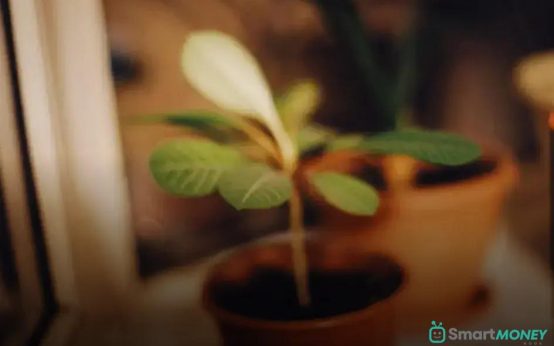 How to Start a Plant Journal to Track Growth Effectively
How to Start a Plant Journal to Track Growth Effectively 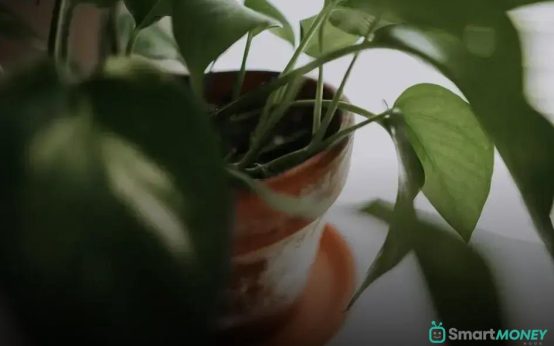 How to Rescue a Dying Houseplant: Easy Tips and Tricks
How to Rescue a Dying Houseplant: Easy Tips and Tricks 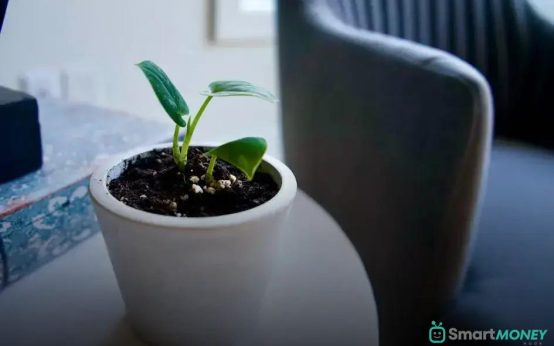 Caring for Plants in a Humid Apartment: Essential Tips
Caring for Plants in a Humid Apartment: Essential Tips